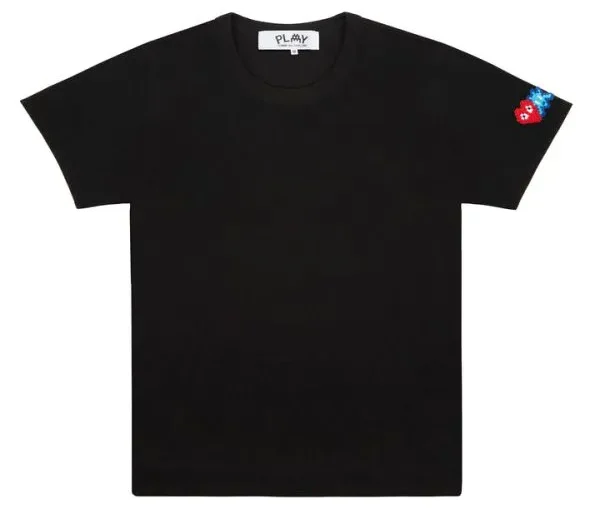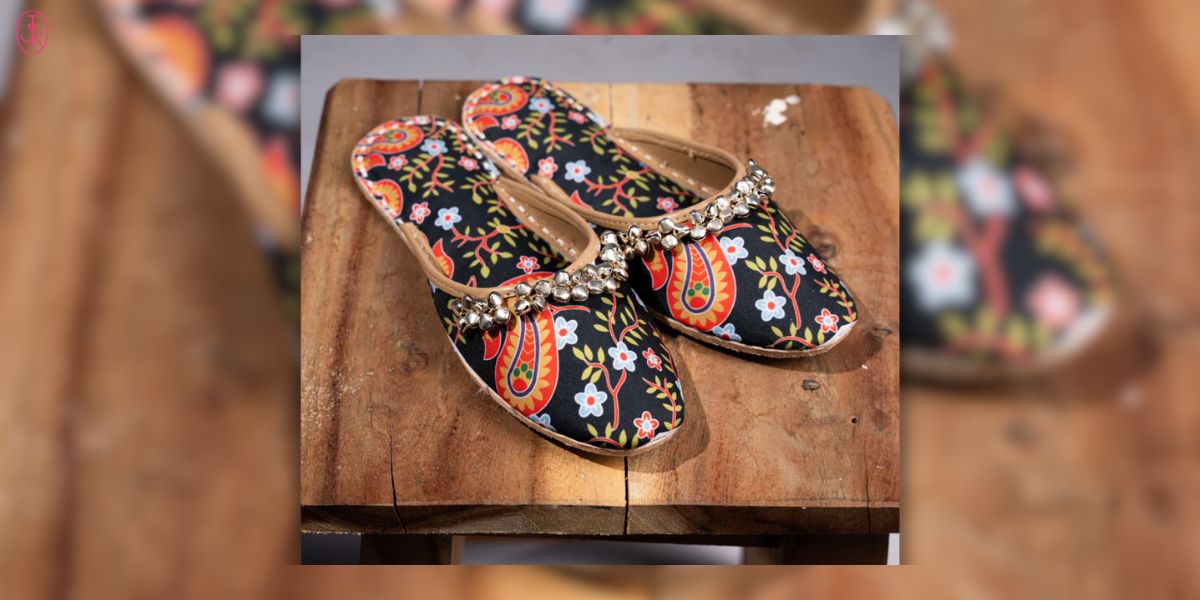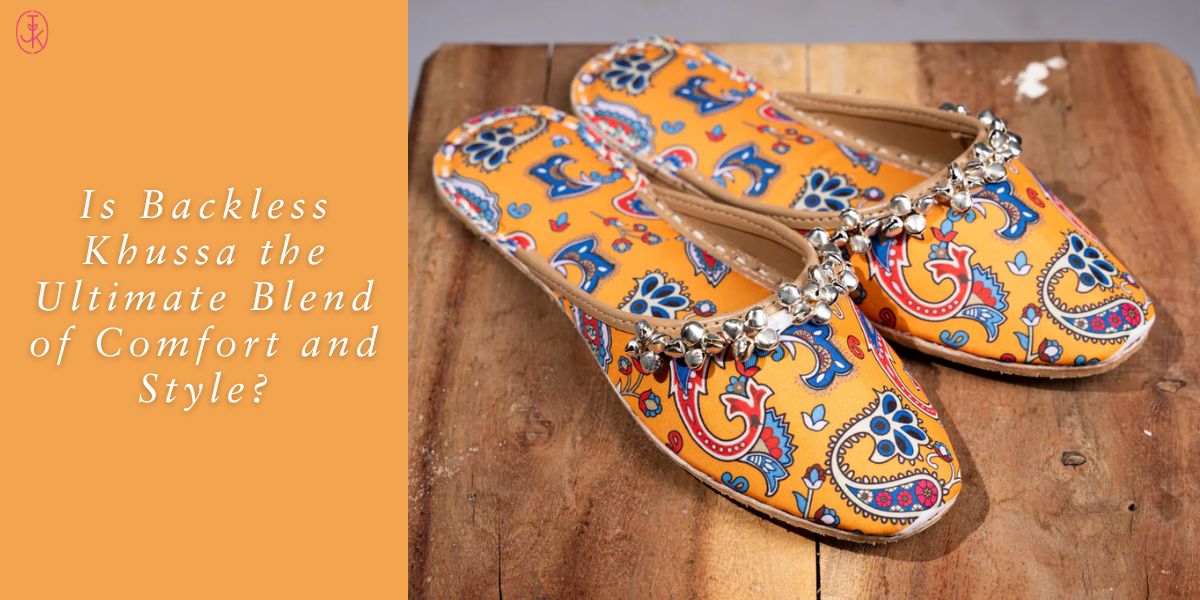Comme des Garçons, often abbreviated as CDG, is a globally renowned fashion label that has redefined the boundaries of contemporary fashion. Founded in 1969 by the visionary designer Rei Kawakubo, the brand is celebrated for its avant-garde designs, deconstructionist aesthetics, and daring approach to redefining norms. Headquartered in Tokyo and with a strong presence in Paris, Comme des Garçons remains a pivotal influence in the global fashion scene.
The Visionary Behind the Brand
Rei Kawakubo, the genius mind behind Comme des Garcons, is known for her unique ability to challenge traditional fashion norms. Unlike conventional designers, Kawakubo approaches clothing as art, often exploring themes of imperfection, asymmetry, and abstraction. Her work frequently blurs the line between fashion and sculpture, creating garments that provoke thought and invite interpretation.
A Radical Approach to Fashion
From the outset, Comme des Garçons has been synonymous with innovation. The brand gained international recognition in 1981 after its Paris debut, where Kawakubo showcased a collection dominated by distressed fabrics, monochromatic tones, and unconventional silhouettes. This “anti-fashion” approach shocked critics and audiences alike, establishing Comme des Garçons as a pioneer of new-wave fashion.
Kawakubo’s designs often feature asymmetry, oversized silhouettes, and deliberate imperfections. Her use of black as a central theme redefined how minimalism and boldness could coexist in the same garment. Beyond aesthetics, Kawakubo frequently addresses socio-political themes through her work, ensuring each collection tells a deeper story.
Expanding the Comme des Garçons Universe
Over the decades, Comme des Garçons has expanded its reach through various sub-labels and collaborations. The brand introduced CDG Play, a more casual and youthful line, easily recognized by its iconic heart logo designed by Filip Pagowski. Other sub-labels, such as Comme des Garçons Homme and Comme des Garçons Noir, cater to diverse audiences while retaining the brand’s core ethos.
CDG is also renowned for its groundbreaking collaborations with major brands like Nike, Adidas, and Converse, merging high fashion with streetwear culture. These partnerships allow Comme des Garçons to remain relevant across generations and attract a broader audience.
The Concept Store Revolution
In 2004, Kawakubo revolutionized retail with the introduction of Dover Street Market (DSM), a multi-brand concept store that embodies the spirit of https://commedesgarcons.co.com/ . DSM blends art, fashion, and retail into an immersive experience, showcasing CDG alongside emerging designers and established luxury labels. The success of DSM reflects Kawakubo’s ability to create not just clothing but holistic experiences.
Comme des Garçons in Popular Culture
The brand’s influence extends far beyond fashion runways. Comme des Garçons is a cultural phenomenon, embraced by artists, celebrities, and fashion enthusiasts worldwide. Figures like Rihanna, Kanye West, and Lady Gaga have often sported CDG creations, cementing its place in pop culture.
Conclusion
Comme des Garçons is more than a fashion label; it is a movement that challenges convention and celebrates individuality. Rei Kawakubo’s fearless creativity continues to inspire designers and fashion lovers across the globe. As the brand evolves, it remains a testament to the power of innovation, proving that true artistry knows no boundaries.




